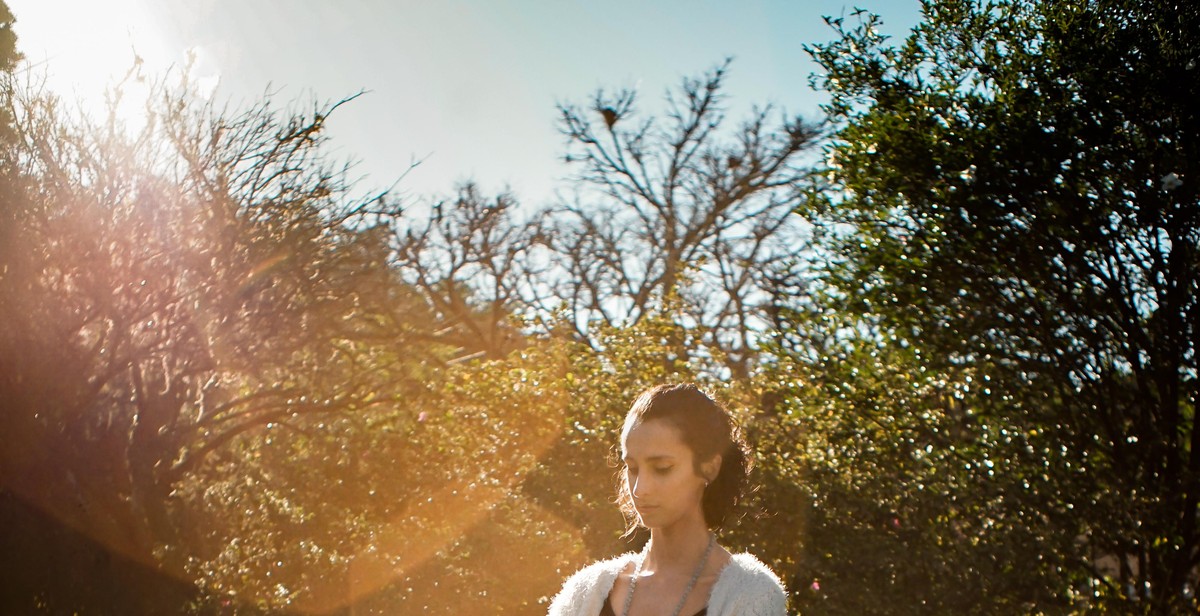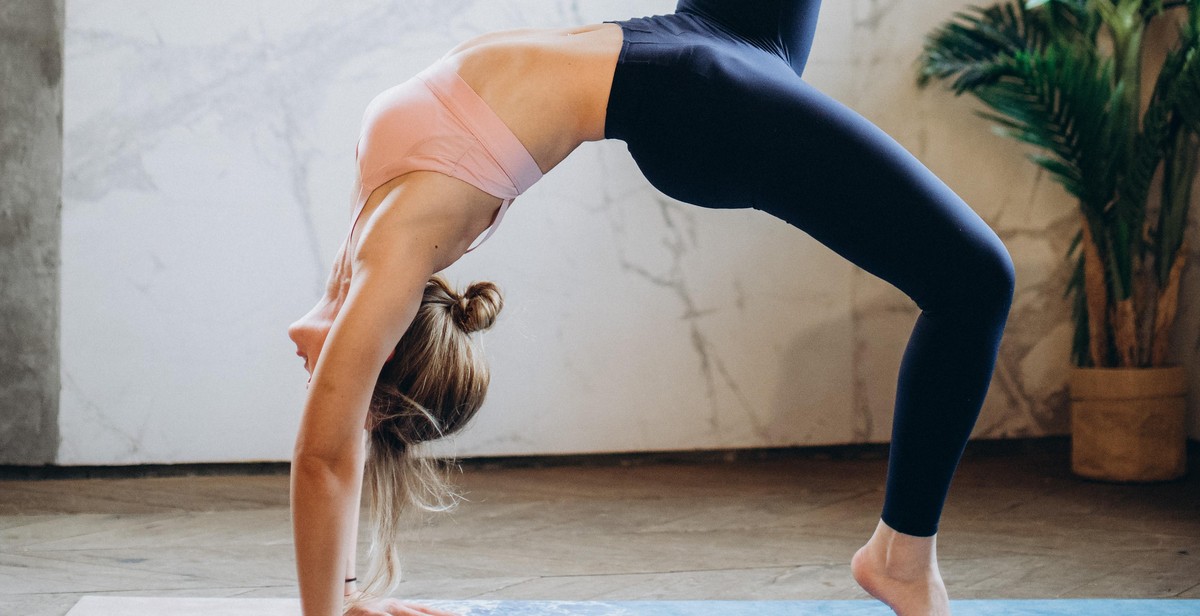Introduction: How to Improve Balance and Coordination with Yoga Poses
Balance and coordination are essential components of overall fitness and well-being. They help maintain stability, prevent falls, and improve posture. However, many people struggle with balance and coordination, especially as they age or experience health conditions that affect their mobility.
Fortunately, yoga offers a range of poses and practices that can help improve balance and coordination. Yoga is an ancient practice that combines physical postures, breathing techniques, and meditation to promote physical, mental, and emotional health.
The Benefits of Yoga for Balance and Coordination
Yoga can help improve balance and coordination in several ways. First, many yoga poses require a strong core and stable foundation, which can help improve overall balance and stability. Additionally, yoga can help improve proprioception, which is the body’s ability to sense its position in space. By practicing yoga, you can improve your body’s awareness of its position, which can help improve coordination and balance.
Furthermore, yoga can help reduce stress and anxiety, which can contribute to better balance and coordination. When you are stressed or anxious, your body’s natural balance can be disrupted, making it more difficult to maintain stability and coordination. Yoga can help reduce stress and promote relaxation, which can help improve overall balance and coordination.
The Best Yoga Poses for Improving Balance and Coordination
There are many yoga poses that can help improve balance and coordination. Some of the best poses include:
- Tree Pose (Vrksasana)
- Warrior III (Virabhadrasana III)
- Eagle Pose (Garudasana)
- Dancer Pose (Natarajasana)
- Half-Moon Pose (Ardha Chandrasana)
These poses require focus, strength, and balance, making them ideal for improving overall balance and coordination. Additionally, they can help improve flexibility, which can also contribute to better balance and coordination.
Conclusion
By incorporating yoga into your fitness routine, you can improve your overall balance and coordination, reduce stress and anxiety, and promote physical, mental, and emotional well-being. With regular practice and dedication, you can achieve greater stability, flexibility, and coordination, and enjoy a healthier, more balanced life.

The Importance of Balance and Coordination
Balance and coordination are essential skills that are required for performing everyday activities such as walking, running, jumping, and even standing still. These skills are also critical for athletes, dancers, and performers who need to execute complex movements with precision and grace.
Good balance and coordination can help prevent injuries and falls, improve posture, enhance athletic performance, and boost overall confidence and well-being. On the other hand, poor balance and coordination can lead to a range of issues, including falls, accidents, and reduced mobility.
Why is balance and coordination important?
Balance refers to the ability to maintain the body’s center of gravity over its base of support. It involves a complex interplay between the sensory, motor, and nervous systems, and requires the integration of visual, proprioceptive, and vestibular information.
Coordination, on the other hand, refers to the ability to execute smooth and efficient movements that involve multiple body parts and muscles. It involves the synchronization of muscle contractions and the sequencing of movements.
Both balance and coordination are crucial for performing daily activities and sports. For example, good balance is necessary for walking on uneven surfaces, climbing stairs, and standing on one leg. Coordination is essential for activities that involve hand-eye or foot-eye coordination, such as catching a ball or kicking a soccer ball.
How does yoga improve balance and coordination?
Yoga is an ancient practice that combines physical postures, breathing techniques, and meditation to promote physical, mental, and emotional well-being. It is also an excellent way to improve balance and coordination.
Yoga poses require focus, concentration, and body awareness, which can help enhance balance and coordination. Many yoga poses also target specific muscle groups and joints, which can improve overall strength and stability.
For example, standing yoga poses such as Tree Pose (Vrikshasana) and Warrior II (Virabhadrasana II) can help improve balance by strengthening the legs, ankles, and core muscles. Balancing poses such as Eagle Pose (Garudasana) and Half Moon Pose (Ardha Chandrasana) can also challenge the body’s balance and coordination abilities.
In addition to improving physical balance and coordination, yoga can also help reduce stress and anxiety, improve focus and concentration, and promote relaxation and better sleep.

Yoga Poses for Balance and Coordination
Yoga is a great way to improve balance and coordination. Practicing yoga can help you develop greater control over your body and mind, and can also help you become more aware of your body’s movements and positioning. Here are some yoga poses that can help you improve your balance and coordination:
1. Tree Pose (Vrksasana)
Tree pose is a great pose for improving balance and coordination. To do this pose, start by standing with your feet together and your arms at your sides. Shift your weight onto your left foot, and then lift your right foot off the ground. Place the sole of your right foot on your left inner thigh, and then press your foot into your thigh and your thigh into your foot. Bring your hands together in front of your chest, and hold the pose for several breaths. Repeat on the other side.
2. Warrior III (Virabhadrasana III)
Warrior III is another great pose for improving balance and coordination. To do this pose, start in mountain pose (standing with your feet together and your arms at your sides). Shift your weight onto your left foot, and then lift your right foot off the ground. Extend your right leg straight back behind you, and reach your arms forward. Hold the pose for several breaths, and then repeat on the other side.
3. Eagle Pose (Garudasana)
Eagle pose is a challenging pose that can help improve your balance and coordination. To do this pose, start by standing with your feet together and your arms at your sides. Lift your right foot off the ground, and then cross your right thigh over your left thigh. Bend your knees slightly, and then wrap your right foot around your left calf. Bring your arms out to the sides, and then cross your left arm over your right arm. Bend your elbows, and then bring your palms together. Hold the pose for several breaths, and then repeat on the other side.
4. Half Moon Pose (Ardha Chandrasana)
Half moon pose is a great pose for improving balance and coordination. To do this pose, start in triangle pose (standing with your feet wide apart and your arms extended out to the sides). Shift your weight onto your left foot, and then lift your right foot off the ground. Rotate your right hip so that your right foot is parallel to the ground. Place your right hand on the ground, and then extend your left arm straight up. Hold the pose for several breaths, and then repeat on the other side.
5. Crow Pose (Bakasana)
Crow pose is a challenging arm balance that can help improve your balance and coordination. To do this pose, start in a squatting position with your feet close together. Place your hands on the ground in front of you, and then bend your elbows and place your knees on the backs of your upper arms. Shift your weight forward onto your hands, and then lift your feet off the ground. Hold the pose for several breaths, and then release.
6. Plank Pose (Phalakasana)
Plank pose is a great pose for improving core strength and stability, which can help improve your balance and coordination. To do this pose, start in a push-up position with your hands and feet on the ground. Make sure your shoulders are directly over your wrists, and then engage your core and hold the pose for several breaths.
- Practice these yoga poses regularly to improve your balance and coordination.
- Remember to breathe deeply and focus your attention on your body’s movements and positioning.
- Always listen to your body and work within your own limits.
| Benefits | Poses |
| Improves balance and coordination | Tree Pose, Warrior III, Eagle Pose, Half Moon Pose, Crow Pose |
| Strengthens core muscles | Plank Pose |

Breathing Techniques for Balance and Coordination
Yoga is not just about physical poses but also about breathing techniques or pranayama. These breathing techniques can help in improving balance and coordination. Here are some of the most effective pranayama techniques for improving balance and coordination:
Kapalabhati Pranayama
Kapalabhati pranayama is also known as skull shining breath. It involves quick, forceful exhales that help to cleanse the lungs and energize the body. This breathing technique can help to increase focus and concentration, which are essential for improving balance and coordination.
To perform kapalabhati pranayama:
- Sit in a comfortable seated position with your spine straight and your eyes closed.
- Take a deep breath in and then forcefully exhale through your nose.
- As you exhale, contract your abdominal muscles to push the air out of your lungs.
- Repeat this process for 30-60 seconds.
- Take a few deep breaths and then repeat the process for another 30-60 seconds.
Alternate Nostril Breathing (Nadi Shodhana Pranayama)
Alternate nostril breathing is a pranayama technique that helps to balance the left and right sides of the brain. This breathing technique can help to improve focus, concentration, and balance.
To perform alternate nostril breathing:
- Sit in a comfortable seated position with your spine straight and your eyes closed.
- Place your right thumb over your right nostril and inhale deeply through your left nostril.
- At the end of the inhale, close your left nostril with your ring finger and exhale through your right nostril.
- Inhale deeply through your right nostril and then close it with your right thumb.
- Exhale through your left nostril.
- This completes one round. Repeat for 5-10 rounds.
These breathing techniques can be practiced before or during yoga poses to improve balance and coordination. They can also be practiced on their own as a way to improve overall well-being.

Conclusion
Yoga is a great way to improve your balance and coordination. Whether you are a beginner or an experienced yogi, there are many poses that can help you strengthen your muscles, improve your posture, and increase your flexibility. By practicing yoga regularly, you can improve your overall health and well-being.
Tips for Practicing Yoga
- Start with a beginner’s class if you’re new to yoga
- Be patient with yourself and don’t push too hard
- Listen to your body and adjust your practice accordingly
- Breathe deeply and focus on your breath throughout your practice
- Use props, such as blocks and straps, to help you get into poses
- Find a comfortable and quiet space to practice
- Practice regularly, even if it’s just a few minutes a day
Benefits of Practicing Yoga
Practicing yoga has many benefits, including:
- Improved balance and coordination
- Increased flexibility and range of motion
- Reduced stress and anxiety
- Improved posture and alignment
- Increased strength and muscle tone
- Better sleep and relaxation
| Yoga Poses | Benefits |
|---|---|
| Tree Pose | Improves balance and strengthens legs and core |
| Warrior II | Strengthens legs and improves balance and coordination |
| Downward Dog | Stretches hamstrings and calves and strengthens arms and shoulders |
So, if you’re looking to improve your balance and coordination, give yoga a try. With regular practice, you’ll see improvements in no time.
